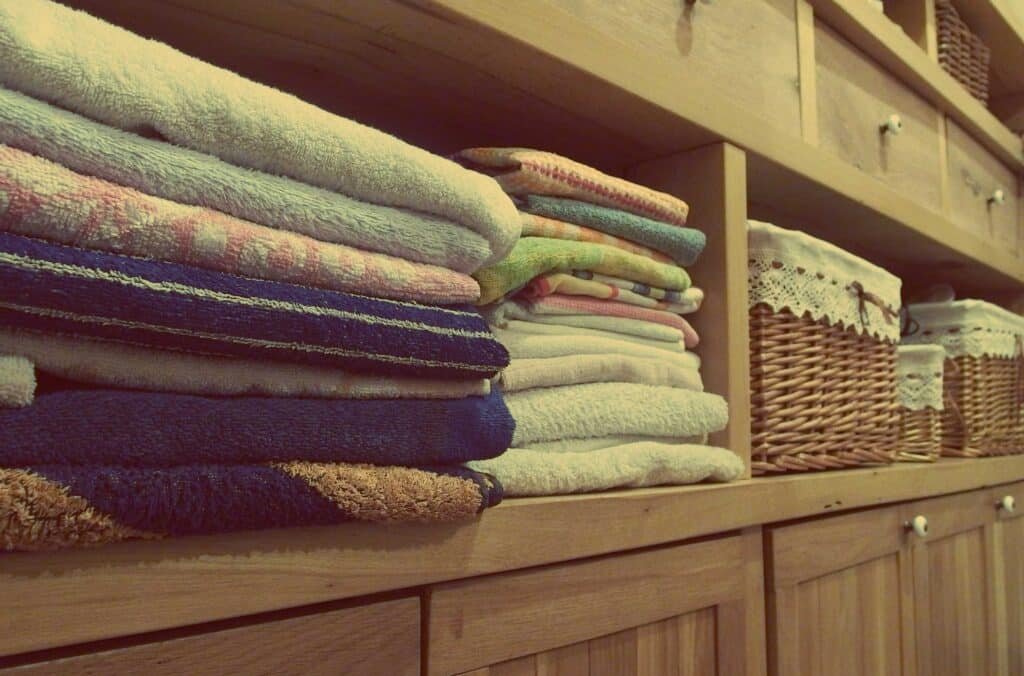How Dry Cleaning Works: A Step-by-Step Guide to the Process
Ever pulled a shirt from the laundry and thought, “Uh-oh”? Whether it’s a silk blouse or a wool suit, some items just don’t belong in the home washer. That’s where dry cleaning comes in, a lifesaver for those delicate fabrics and tough stains. But what exactly is dry cleaning? Let’s demystify this process with a step-by-step guide and understand why it’s often the best choice for your treasured garments. What is Dry Cleaning? Dry cleaning stands out as a specialized method for cleaning clothing and textiles, where a chemical solvent replaces water. The term “dry cleaning” might suggest a lack of liquids, but in reality, it refers to the absence of water. This technique involves using a liquid solvent that cleans fabrics without saturating them in water, which can often be harsh on certain materials. The solvents used in dry cleaning are designed to dissolve and remove grease and dirt without compromising the integrity of the fabric. This is particularly beneficial for materials that react badly to water, such as silk, wool, and delicate synthetic fibers. Water can cause these fabrics to shrink, distort, or even change texture, which can be avoided with the dry cleaning process. Dry cleaning helps to maintain the color and texture of the fabric, ensuring that garments keep their shape and appearance over time. This method not only cleans but also preserves, making it an ideal choice for everything from luxury evening wear to everyday business suits. By avoiding water, dry cleaning avoids the swelling of fibers that leads to shrinking and warping, thus extending the life and look of clothing. This gentle yet effective cleaning process ensures that delicate items remain in excellent condition, making dry cleaning a preferred option for maintaining high-quality and specialty textiles. The Dry Cleaning Process Step 1: Tagging and Inspection The initial phase of the dry cleaning process involves meticulous tagging and inspection of each item. Every garment is tagged with a unique identifier which serves multiple purposes. This tag ensures that each piece of clothing can be tracked throughout the dry cleaning process, preventing mix-ups and losses—a crucial step in a business where items often have great personal or financial value. Following the tagging, each garment undergoes a thorough inspection. This is not just a cursory glance; technicians look for any stains, noting their type and severity, and inspect the fabric for any signs of damage such as tears or loose threads. They also review any special instructions that might have been provided, which could include requests for particular attention to delicate areas, preferences for starch levels in fabrics, or considerations for color preservation. This detailed inspection sets the stage for a tailored cleaning approach. It allows the dry cleaners to strategize how best to treat each garment, considering factors like fabric type, color, and the nature of any stains. By identifying these needs early in the process, the dry cleaning professionals can customize their methods and treatments, ensuring that each item receives the most effective and appropriate care right from the start. Step 2: Pre-Treatment Pre-treatment plays a pivotal role, particularly when dealing with stubborn or complex stains. Before the main cleaning phase begins, each identified stain is treated with special attention by skilled technicians. This stage is crucial because different stains—such as those from oil, wine, ink, or even grass—require specific solvents and techniques to effectively break them down without harming the fabric. Technicians use their expertise to apply the appropriate pre-treatment products. These products are carefully selected based on the chemical makeup of the stain and the type of fabric affected. For instance, an oil-based stain on a silk blouse needs a different treatment than a wine stain on a wool suit. The correct pre-treatment ensures that these stains can be dissolved in the subsequent dry cleaning stage, enhancing the effectiveness of the solvent used. This targeted approach is essential not only for stain removal but also for preserving the condition of the garment. By addressing each stain individually and using the most suitable pre-treatment methods, technicians maximize the chances of removing stains completely. This meticulous attention to detail ensures that the dry cleaning process provides the best possible outcome, maintaining the pristine appearance of garments and extending their wearable life. Step 3: The Cleaning During the third step of the dry cleaning process, the actual cleaning occurs. Clothes are placed into a large, sophisticated machine specifically designed for dry cleaning. Here, a solvent is used instead of water, which is key to the method’s effectiveness on delicate fabrics that can be damaged by traditional washing. The solvent used in dry cleaning is not just any chemical; it’s chosen for its efficacy in dissolving oils and fats without penetrating and weakening the fibers as water can. This is where the term “dry” cleaning is somewhat misleading—while the process is not dry, it avoids the fiber-swelling effects of water, thus preserving the garment’s integrity and appearance. As the garments tumble in the machine, the solvent circulates and is continuously filtered. This filtration is crucial as it removes impurities and dirt, preventing them from settling back onto the fabric. Such meticulous filtering ensures that each garment is uniformly cleaned, with no risk of dirt redepositing, which can often occur in less refined washing processes. This stage of the dry cleaning process is particularly gentle, avoiding the wear and tear associated with traditional washing machines and the agitation of water. It’s this gentle cleansing action that makes dry cleaning so suitable for delicate fabrics, tailored pieces, and garments with embellishments that could be easily damaged by more aggressive washing methods. Step 4: Post-Spotting Following the main cleaning phase in the dry cleaning process, each garment undergoes a crucial re-evaluation known as post-spotting. This is where the true precision of dry cleaning shines through. After the clothes have been cleaned with the solvent, technicians perform a thorough inspection to ensure that all stains have been removed. This inspection is detailed and meticulous, ensuring that
How Dry Cleaning Works: A Step-by-Step Guide to the Process Read More »









